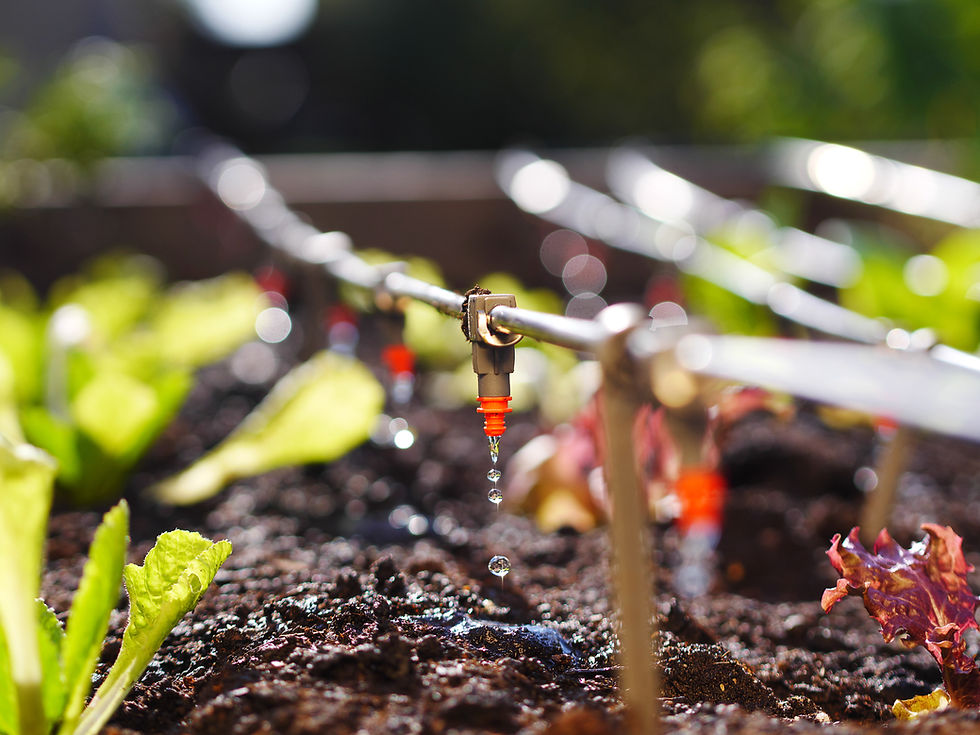Why Integration is Key to Controlled Growing Environments
- AI Grow

- Jun 10, 2022
- 3 min read
Updated: Sep 8, 2022
Deploying automation in a cultivation facility can increase productivity and boost crop performance, but syncing these mechanisms via one streamlined software solution takes your operation to the next level. Integrated greenhouse systems allow growers to work smarter not harder, creating one centralized command center to control and monitor the life cycle of plants from seed to cure and beyond.
The ability to develop an ecosystem around agricultural processes maximizes yields throughout a facility while simultaneously creating a simple and effective way to track progress. Grow staff can access the integrated system from anywhere, ensuring plants will always be protected.
Here are some of the main reasons why integration matters in controlled growing environments.
Integration Creates Consistency
When it comes to cultivation, the key to success is reliability. Consumers do not realize that the vast majority of crops need their inputs at regularly scheduled intervals to get the best results. Inputs such as water and nutrients need to be delivered in this fashion to prevent plant stress and promote growth.
Automation certainly helps to create this consistency but integrating your automated systems takes things one step further. Farmers can align data and processes to properly plan a plant’s day, creating the optimal program for lighting, feeding, and beyond. If changes need to be made, the unified system makes it easy to adjust down the line as a one-off or new norm. Staff can refer back to this data for future runs or compare it against the performance of other cultivars. This valuable information can help growers determine which genetics offer the best results and weed out any weak links.
Integration Also Promotes Precision
It’s not enough that plants are given routine care. Reliability and accuracy go hand-in-hand in the agricultural landscape. Unfortunately, even slight discrepancies in a plant’s day-to-day can lead to major headaches.
Integrated automation ensures each plant gets exactly what it needs 100 percent of the time. Inputs are delivered not just at the same time but also with the same dosage. This precision is imperative as it promotes plant health and viability. Once again, data collected can be used in a variety of ways to help dial in processes and make operational adjustments.
Integrated Systems Reduce Time Spent Problem-Solving
Agriculture is not a simple feat. When something is off with a crop, it can take quite a bit of troubleshooting to determine the culprit. This can be an arduous feat, taking valuable time away from grow staff that could be focused on more pressing matters.
With an integrated automation system, farmers can pinpoint areas of concern quickly and easily. These issues can then be resolved more expeditiously, preventing crop failure. With many plants, time is truly of the essence, and stopping problems before they spiral out of control is imperative to success. Once the crops in question are stable, grow staff can return to their regular duties and regularly monitor said crops to ensure they remain healthy.
Integration Saves Money and Helps Boost Profits
Efficiency is the name of the game in controlled growing environments. With razor-thin margins and supply chain pressure mounting, it’s more crucial than ever that farms produce the best possible products at the highest yields while keeping overhead costs in check.
Deploying integrated controls and environmental monitors reduces the overuse of inputs, lowering costs while promoting sustainability. These systems also cut down on labor, a large segment of any grow’s budget. Furthermore, integrated systems maximize yields and improve quality, helping to improve customer satisfaction and increase sales.
Ready to find out what integrated automation from AI Grow can do for your greenhouse or indoor grow? Contact us today for more information.




Comments